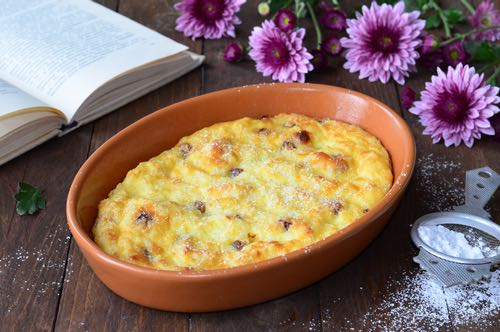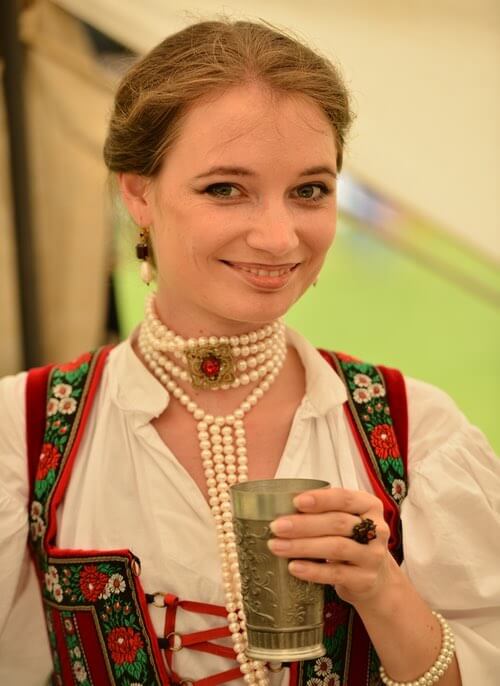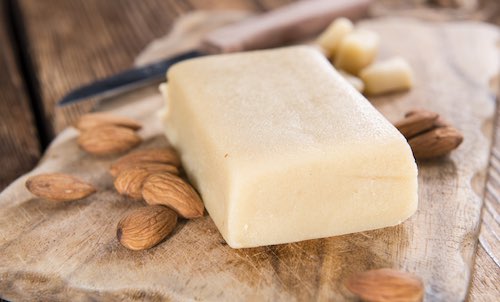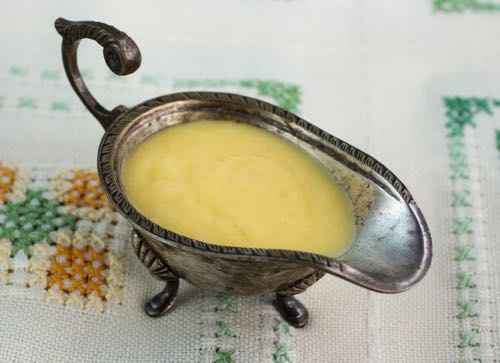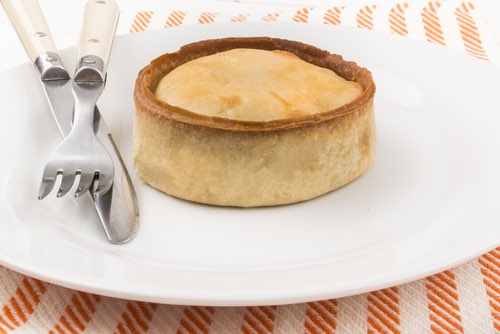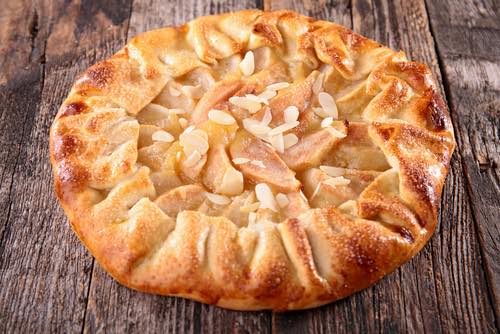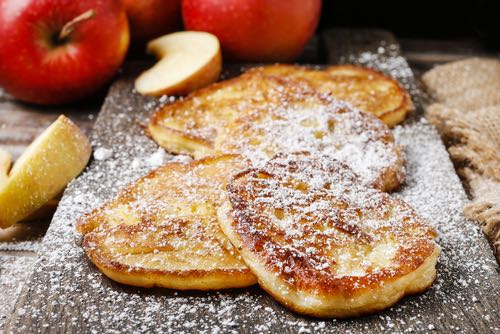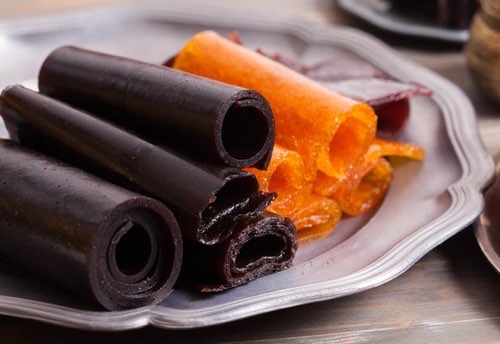- Home
- Renaissance Desserts
- Renaissance Gingerbread Recipes
Renaissance Gingerbread Recipes
These authentic Renaissance gingerbread recipes make a sweetmeat that was once a highly prized confection quite unlike today's soft gingerbread. Early gingerbread was more like a crispy sweet candy and there were many variations, some of which contained no ginger at all.
You can now taste the same gingerbread treat that Queen Elizabeth 1st loved to eat. Make your own gingerbread sweetmeats using the historical recipes once coveted by nobility. The Lords and Ladies at your house will love it.
Renaissance Gingerbread Recipes
The Queen-like Cloſet or Rich Cabinet (1672)
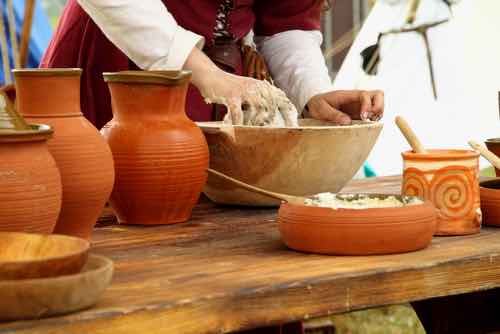 Making Renaissance Gingerbread
Making Renaissance Gingerbread(Source: ©drow/Depositphotos.com)
Gingerbread sweetmeats were often formed or molded (printed) in various shapes before being dried or baked. Some were decorated with comfits and gilded with an edible gold leaf before serving at formal royal banquets.
England's Queen Elizabeth I (1558-1603) loved to eat gingerbread sweetmeats in any form.
It's said that the Queen delighted in presenting her notable guests with beguiling gingerbread likenesses of themselves — the world's first "Gingerbread Men."
To make Ginger-bread
Take three ſtale Manchets grated and ſifted, then put to them half an Ounce of Cinamon, as much Ginger, half an Ounce of Licoras and Aniſeeds together, beat all theſe and ſearce them, and put them in with half a Pound of fine Sugar, boil all theſe together with a quart of Claret, ſtirring them continually till it come to a ſtiff Paſte, then when it is almoſt cold, mould it on a Table with ſome ſearced Spice and Sugar, then bake it in what ſhape you pleaſe.
Another ſort of Ginger-bread
Take half a pound of ſweet Almonds blanched and beaten, half a pound of fine Flower firſt dried in an Oven, one Pound of fine Sugar, what ſorts of Spices you pleaſe, beaten and ſearced, and alſo Seeds, beat all theſe together with two Eggs, both Yolks and Whites, then mould it with flower and Sugar together, and ſo bake it in what ſhape you pleaſe.
To Make Almond Ginger-Bread
Take a little Gum-Dragon and lay it in ſteep in Roſewater all night, then take half a Pound of Jordan Almonds blanched and beaten with ſome of that Roſewater, then take half a pound of fine Sugar beaten and ſearced, of Ginger and Cinamon finely ſearced, ſo much as by your taſte you may judg to be fit; beat all there together into a Paſte, and dry it in a warm Oven or Stove.
Medieval Gingerbread Recipe
Curye on Inglysch (14th Century)
To make Gingerbrede
Make an authentic Medieval Gingerbread using an original 14th-century recipe. Compare this earlier gingerbread to the later Renaissance gingerbread recipes above.
Take goode honye & clarefie it on the fere, & take fayre paynemayn or wastel brede & grate it, & caste it into the boylenge hony, & stere it well togyder faste with a skylse that it bren not to the vessell. & thanne take it doun and put therin ginger, longe pepere & saundres, & tempere it vp with thin handes; & than put hem to a flatt boyste & strawe theron suger & pick therin clowes reounde aboute by the egge and in the mydes, yf it plece you &c. —Goud Kokery

Gum Dragon and 23kt edible Gold Leaf are not easy to find locally, so here's where to get the historical ingredients called for in some Renaissance recipes.

Curious about that strange ſ character in words? Wondering about historical ingredients and cooking methods? Go to the Glossary of Renaissance Cooking Terms for help.
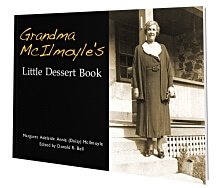
Sign Up now for GRANDMA'S DESSERT CLUB and download your FREE PDF COPY of Grandma McIlmoyle's Little Dessert Book. Also receive my regular Bulletin featuring classic recipes and nostalgia.
